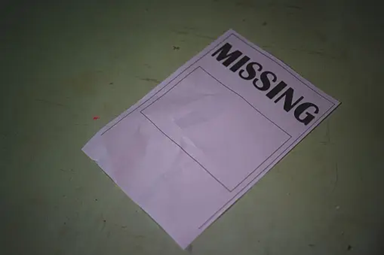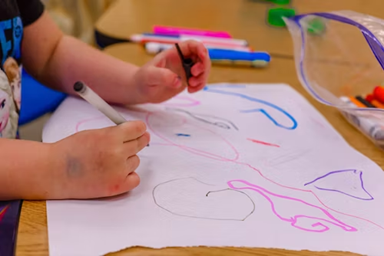Kemp announces funding for employee retention, school safety – By Dave Williams, Capital Beat News Service
Gov. Brian Kemp is taking aim at state employee retention and school safety.
Kemp announced Monday that the fiscal 2024 midyear budget will include $330 million for one-time pay supplements of $1,000 for each of about 112,000 state employees and 196,000 teachers and school support staff.
The governor also plans to put more than $100 million toward providing every public school $45,000 for personnel and infrastructure improvements to strengthen campus security.
“Throughout the pandemic, a summer of unrest, and the unprecedented challenges of the last several years, our state employees have worked hard, taken on additional challenges, remained committed to serving their fellow Georgians, and become more streamlined so we remain the best state for opportunity,” Kemp said.
“This retention pay supplement will arrive during the holiday season, and it’s part of my administration’s way of showing our appreciation for all that they do.”

How many students are still missing from American schools? Here’s what the data says – By Sharon Lurye, The Associated Press
Since the pandemic first upended American education, an estimated 50,000 students are still missing from any kind of U.S. school. That’s according to an Associated Press analysis of public, private and homeschool enrollment as of fall 2022, and U.S. Census data in 22 states, plus Washington, D.C.
The reasons students left during the pandemic are varied, and still not fully understood. Some experienced homelessness, lost interest or motivation, or struggled with mental health. Some needed to work or assume adult responsibilities. Some fell behind in online school and didn’t see the point of re-engaging.
The number of missing students has fallen from fall 2021, when over 230,000 students were still unaccounted for in an analysis by AP, Big Local News and Stanford University economist Thomas Dee. Slowly, many students returned to some form of schooling, or aged out of the system. The decline in missing students is a hopeful sign the education system is moving toward recovery.
Still, not all is back to its pre-pandemic “normal.” AP’s nationwide analysis shows lasting disengagement from public school, as Americans turn to other kinds of schooling. Roughly two-thirds of states keep credible enrollment data for either private or homeschooling. Among those states, private schooling grew nearly 8% and homeschooling grew more than 25% from fall 2019 to fall 2022. Public school enrollment remained depressed, down by over 1 million students.

More kids skipping kindergarten post-pandemic – By Zaidee Stavely, EdSource
When Sunny Lee’s son was ready for kindergarten in 2020, the Covid-19 pandemic had just begun. His school in Pleasanton, an eastern suburb of the San Francisco Bay, was holding classes online, like most others.
Lee opted out, after seeing what distance learning via Zoom was like for young children.
“I think the formatting was not ideal for young kids. It was just very disruptive and hard to keep track of, and there was just not that much engagement,” Lee said. “Socialization was a big reason for me to send him to school, and he wasn’t getting that.”
The following year, in 2021, when school was back in person, Lee’s son started first grade and her daughter started kindergarten. But after two weeks of school with Covid restrictions, she pulled both children out and began homeschooling them again. They returned to public school for the 2022-23 school year.
Lee’s children are among thousands that did not enroll in public kindergarten in California in 2020 or 2021, years when the state saw drops in kindergarten enrollment. And even among students who enrolled, many missed a lot of days in school.

ACT: Nearly half of high school students using AI tools, on class assignments – By Alcino Donadel, District Administration
It’s now a little over a year that ChatGPT, the popular generative AI tool, has swept K12 and higher education into deep reflection on the nature of classroom teaching and student code of conduct. With AI likely going nowhere except deeper into students’ academic toolkits, researchers from ACT have recently helped paint a forecast showing how equipped high schoolers are with the technology.
Studying over 4,000 students in grades 10 to 12 this past summer, ACT discovered that 46% have used different AI tools. Of this cohort, nearly half (46%) have used it for school assignments. They were used most commonly in language arts, social studies and science classes. Despite their use, the majority of the students surveyed reported that their teachers did not allow the use of AI for schoolwork, the report found.
ChatGPT was the most commonly used tool by far, taking up 83% of AI-savvy students. Dall-E-2 (17%) and Bing Chat (11%) comprised the second and third-most used tools.
One ominous correlation ACT found was students’ AI tool use was significantly related to their academic achievement. Students with higher composite scores were likelier to use AI tools than those with lower scores. For example, 53% of students scoring in the top quarter compared to other respondents used AI tools. Comparatively, only 36% used these tools in the bottom quarter.
Students with lower scores were considerably more likely than those with higher scores to report not using AI tools due to lack of access and information, strengthening calls by the Department of Education to limit the digital divide and the importance of establishing robust guardrails.












